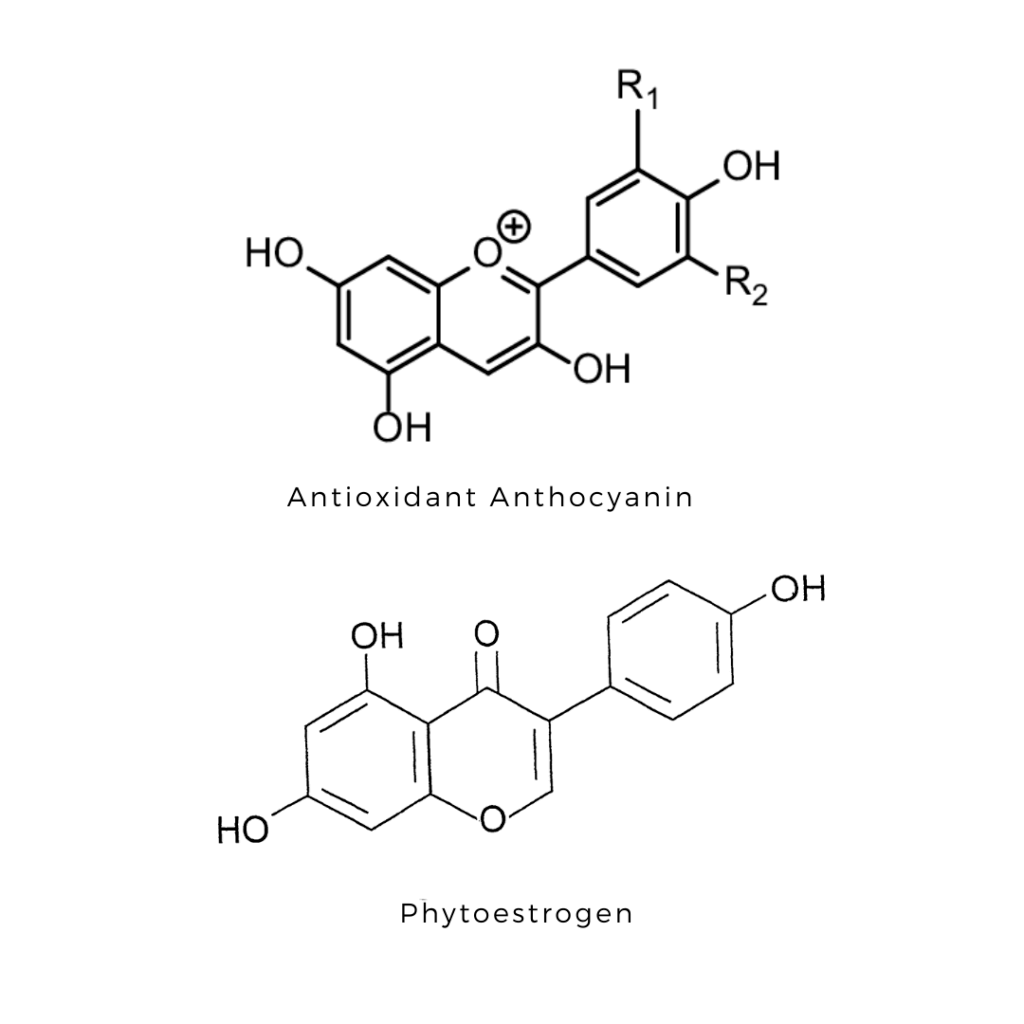Written by Andrew Akhaphong,, MS, RD, LD, Mackenthun’s Registered Dietitian Updated April 2, 2024
According to Mordor Intelligence, a consumer study completed in 2023 reported there is a growing interest in shifting from animal-sourced meats to plant-based proteins to support health since the COVID-19 pandemic.1
In 2020 a consumer survey by The United Soybean Board on 1,500 Americans showed 60% of consumers consider soy as healthy options while 26% are neutral, 7% are unsure, and 7% view soy as unhealthy.2
Minnesota is the third largest soy-producing state. In recognition of April as National Soy Month, let’s look at soy and its impact on health
Heart Health
A review published in 2000 in Circulation examined the effects of soy on risk factors and outcomes of heart disease.3 Asian populations such as Japan consume soy as a staple protein source and have shown to exhibit lower cases of heart disease compared to Western countries. On average, Japanese people consume as much as 55 grams of soy per day while those in the United States consume less than 5 grams per day.4,5
Postmenopausal women who ate 40 grams of soy protein per day saw an increase in good cholesterol of 4.4% and a decrease in bad cholesterol of 8.2% over the course of six months.6 In males and females with high cholesterol, eating 25 grams of soy protein per day showed a reduction of 4% in total cholesterol and 6% in bad cholesterol over six months.7
Cancer
It is suggested that soy increases the risk for breast cancer among women due to it containing isoflavones. These isoflavones are often identified as phytoestrogens in articles due to its chemical structure being similar to estrogen itself; however, if one look up other isoflavones such as anthyocyanin (the antioxidant that gives blueberries its color), they are quite similar as well. These claims of soy and its relationship to breast cancer began in mice trials. The mice were implanted with estrogen-sensitive human breast cancer cells and exposed to isoflavones to induce breast cancer development.8 Because the genetic makeup of mice differ from humans, limited studies support that increased soy consumption increases risk for breast cancer.
Through December 1990 to December 2009, 354 Japanese women were examined and 179 of those were diagnosed with breast cancer.9 The researchers examined soy food intake among the research participants. Women who ate more soyfoods such as miso soup or steamed tofu compared to women who ate less had no significant differences in risk for breast cancer. When the women are split into their premenopausal (before menopause starts) groups and postmenopausal groups, the post menopausal groups showed a greater reduced risk for breast cancer than premenopause. It is theorized because of the hormonal changes in premenopause which results in an increase in estrogen levels.9
An additional study published in 2000 found eating soy foods helped control estrogen levels in premenopausal women, reducing their risk for breast cancer among both Asian and non-Asian participants. It is important to note however the study was over the course of seven months and had only 20 participants.10

Diabetes
There are limited studies available to support the claim that soy may improve diabetes outcomes such as blood sugar management; however, given that diabetes share similar risk factors as heart disease (ie. high cholesterol, increased weight, etc.), the benefits of soy for heart disease may improve coexisting factors of diabetes.
Dietary Complications
Soy is considered in the top nine allergens of the United States. An allergen is triggered by proteins leading to an immune reaction. Immune reactions include redness, hives, difficulty breathing, and anaphylaxis. For persons who consume soy and experience gut distress such as an upset stomach or diarrhea, this is considered a soy intolerance. Soy contains the fiber alpha-galctoside which can increase diarrhea or constipation, especially in persons with irritable bowel syndrome.
Soy is often viewed as an inflammatory food, especially in the form of soy oil. Soy oil is high in omega-6 fatty acids which are inflammatory. When a diet is low in omega-3 fatty acids and high in omega-6 fatty acids, inflammation may likely develop. Additionally, omega-3 fatty acids consumed from plant-based foods convert into omega-6 which pose complications. To reduce risk of inflammation, incorporating fatty fish like salmon and tuna, or taking an omega-3 supplement from fish oil, is recommended.
Other sources of omega-6 fatty acids include nuts like almonds and walnuts, beans, chia seeds, hemp, eggs, and beans. It is all about balance.
Dietary Guideline Recommendations
According to the Dietary Guidelines for Americans 2020-2025, the guidelines updated to include one serving of soy (3-oz to 4-oz) per week. This could be in the form of tofu, miso soup, tempeh, textured vegetable protein, or as a non-dairy beverage alternative.
The Food-Based Dietary Guidelines of the European Union and the Dietary Guidelines for Australians 2020-2025 also support this recommendation.
Sources of Phytoestrogen
Soy is commonly thought of as the primary source of phytoestrogen; however, there are other foods that contain phytoestrogen as well. These include plums, apples, grapes, beans, cabbage, spinach, and even beer!
Nutritional Benefits
A concern for plant-based dietary patterns is optimizing protein intake. Amino acids, or protein, are the basic building blocks of all living cells in our body. They rebuild hair, strengthen our skin, and even help support the metabolism of carbs and fat. The amino acids absent from excluding animal-based proteins are lysine, methionine, isoleucine, threonine, and tryptophan. There are 20 amino acids we get from food, most of which come from animal-based proteins. Soy is considered a complete protein which means we are able to get all 20 amino acids from eating soy products.
Soy is one of the few foods that contain high levels of the nutrient molybdenum. Molybdenum is important for the breakdown of alcohol and medications to lower the risk of toxic levels in the body.
Copper is a common nutrient low in the American diet. Copper helps reduce the risk for anemia (just like iron), but copper is also needed to strengthen the membranes of our nervous system to deliver communication effectively between the brain, through the spinal cord, to our organs, muscles, and other tissues.
References
Modor Intelligence. Soy food market size and sharing analysis – growth trends and forecasts (2024-2029). 2023. Accessed April 1, 2024.https://www.mordorintelligence.com/industry-reports/soy-based-food-market
Blakeslee J. Consumer research shows support for U.S. grown soybeans. Soy Connection. June 2020. Accessed April 1, 2024. https://www.soyconnection.com/old-pages/resources/health-nutrition-newsletter/health-nutrition-newsletter-details/consumer-research-shows-support-for-u.s.-grown-soybeans
Erdman JW Jr. Soy protein and cardiovascular disease: a statement for healthcare professionals from the Nutrition Committee of the AHA. 2000. 102: 2555-2559. https://doi.org/10.1161/01
Nagata C, Takatsuka N, Kurisu Y, et al. Decreased serum total cholesterol concentration is associated with high intake of soy products in Japanese men and women. J Nutr.1998; 128:209–213. https://doi.org/10.1093/jn/128.2.209
Messina M, Messina V, Setchell K. The Simple Soybean and Your Health. Garden City Park, NY: Avery Publishing Group; 1994. ISBN: 0-89529-611-X
Wong WW, Smith EO, Stuff JE, et al. Cholesterol-lowering effect of soy protein in normocholesterolemic and hypercholesterolemic men. Am J Clin Nutr.1998; 68:1385S–1389S. https://doi.org/10.1093/ajcn/68.6.1385S
Crouse JR III, Morgan T, Terry JG, et al. A randomized trial comparing the effect of casein with that of soy protein containing varying amounts of isoflavones on plasma concentrations of lipids and lipoproteins. Arch Intern Med.1999; 159:2070–2076. doi:10.1001/archinte.159.17.2070
Messina, M. Impact of soy foods on the development o fbreast cancer and the prognosis of breast cancer patients. 2016. Complementary Medicine Research, 23(2), 75–80. doi:10.1159/000444735
Yamamoto S, Sobue T, Kobayashi M, Sasaki S, Tsugane S. Soy, isoflavones, and breast cancer risk in Japan. 2003. 95(12): 906-913. https://doi.org/10.1093/jnci/95.12.906
Wu AH, Stanzyk FZ, Hendrich S, Murphy PA, Zhang C, Wan P, Pike MC. Effects of soy food on ovarian function in premenopausal women. British Journal of Cancer. 2000. 82(11): 1879-1886. doi: 10.1054/ bjoc.1999.1218.





